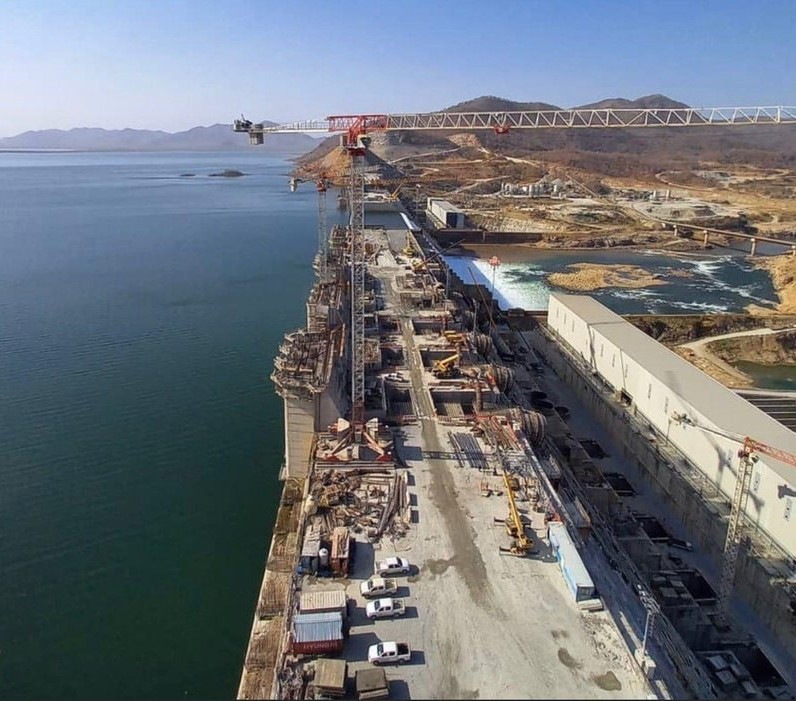
An international study has warned of the risks the Ethiopian Renaissance may pose in terms of design, the filling of its reservoir and the accumulation of salts and the impact they may have on agricultural land in Egypt.
The study, which was prepared by the Eastern Nile Working Group and the Massachusetts Institute of Technology (MIT) following a conference of experts from Ethiopia, Egypt and Sudan last November, said Egypt and Ethiopia need to urgently coordinate the operations of the High Dam and the Renaissance Dam to ensure a fair sharing of water during low flows.
Ethiopia plans to complete the Renaissance Dam in mid-2017, while Egypt completed the High Dam in 1968.
Pointing to the Declaration of Principles that was signed by Ethiopia, Egypt and Sudan in Khartoum last month, the study said the dam should not harm Egypt or Sudan.
The three parties will discuss the operation of the dam, which will be the largest power plant in Africa, after consulting with international experts to assess its impact on the region.
Ethiopia has said that it may take six years to fill 74 billion cubic meters of water, which is 1.5 times the volume of the annual flow of the Blue Nile.
The study also suggested that the dam’s plan should be flexible enough to take into consideration fluctuating rainfall in the region.
The 17 experts who prepared the study said Ethiopia should release more water if the water levels are low in Egypt and Sudan during the filling process.
As for the design of the dam, the experts said there is a 5 km stretch along an auxiliary dam that could be a weak point for the overall dam as it is an area filled with rocks. This has led to concern that the risks posed by the dam may not have been thoroughly studied, which could mean additional costs for Ethiopia and economic and humanitarian disasters for Sudan.
Egypt has reportedly objected to the study, claiming it has ignored facts stated in a previous international report, while Sudan has agreed with the recommendations of the study.
For its part, the Ethiopian Committee composed of government and non-governmental experts posted on the MIT website that the design and construction of the dam are in accordance with international standards.
The study emphasized that transmission lines and energy deals should be agreed upon as soon as possible, with regards to the electricity the dam will generate, as Ethiopia plans to meet its local needs and subsequently export 1,200 megawatts to Sudan and 2,000 megawatts to Egypt.
If there is no agreement on the electricity, the study said, the water will not be released through the turbines, resulting in a significant impact on the joint operation agreement.
The study revealed that revenues for Addis Ababa from the export of electricity would be a minimum of US$1 billion a year, despite the fact that any delay in selling electricity will incur major costs.
It also said that any drop in water flows to Egypt during the filling of the reservoir may increase the salinity of the agricultural land in Egypt’s Nile Delta, thereby creating a political crisis in the Nile basin should Egyptian farmers and decision makers blame Ethiopia for it.
The study concluded by indicating that water projects along the Blue Nile are an attractive investment and that concerns about the dam may disappear if Ethiopia practices transparency.
Edited translation from Al-Masry Al-Youm



